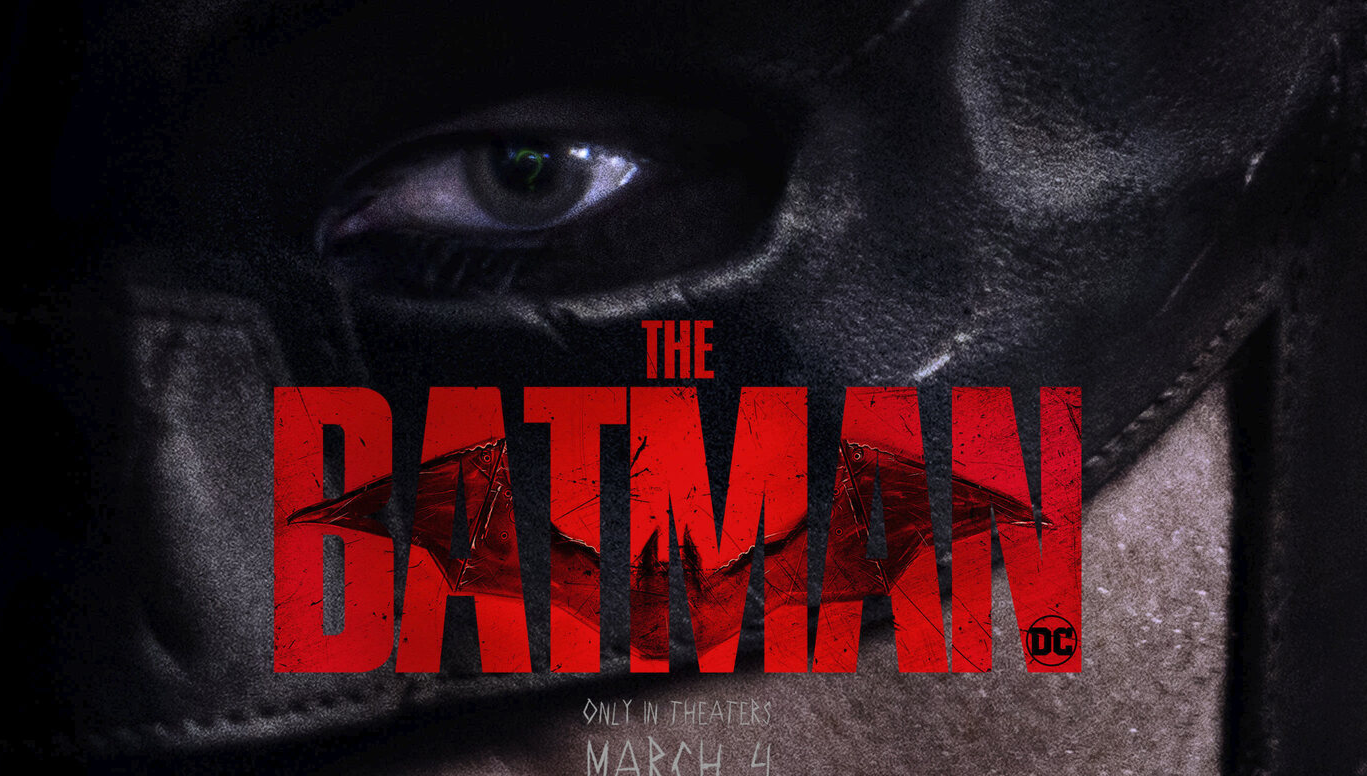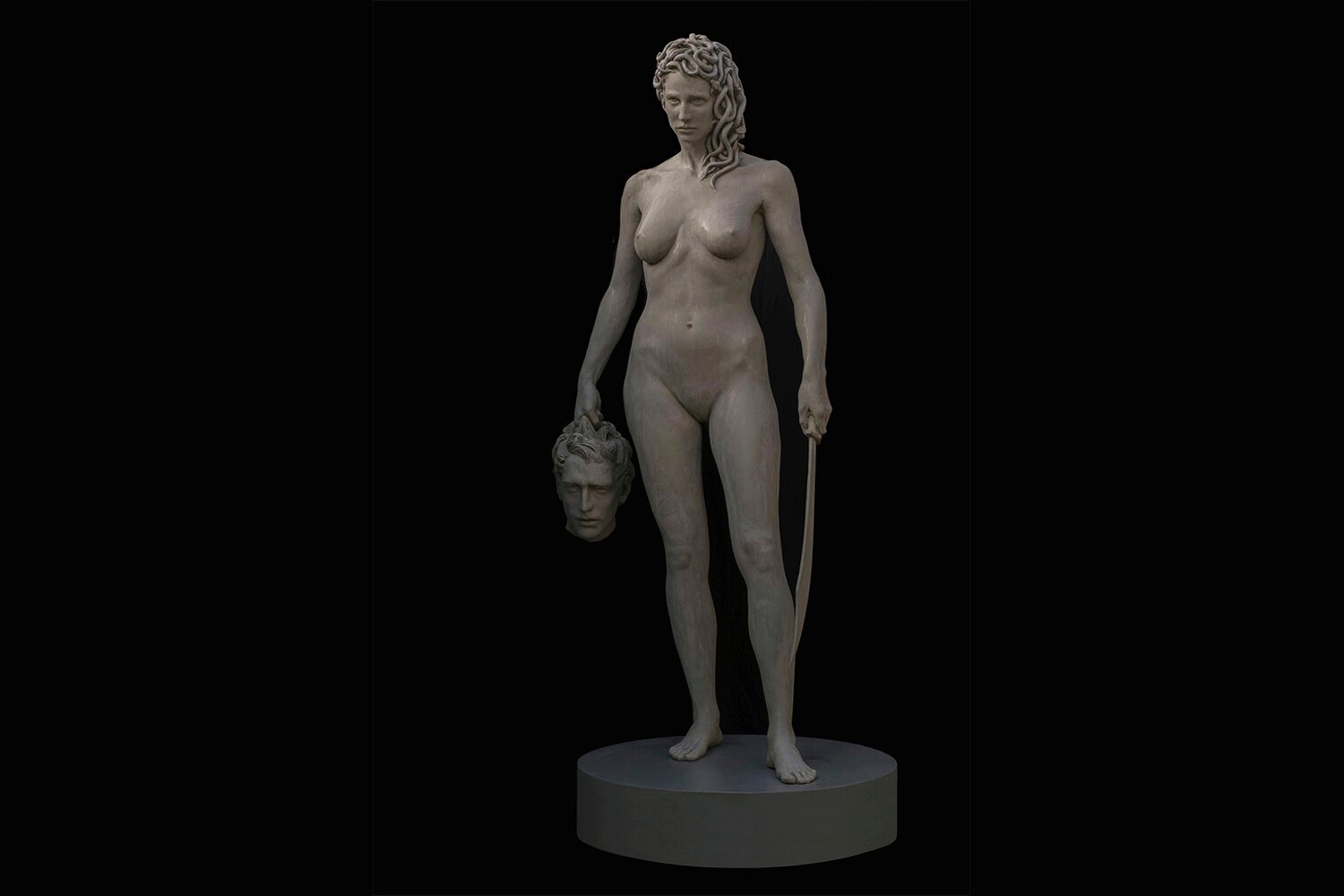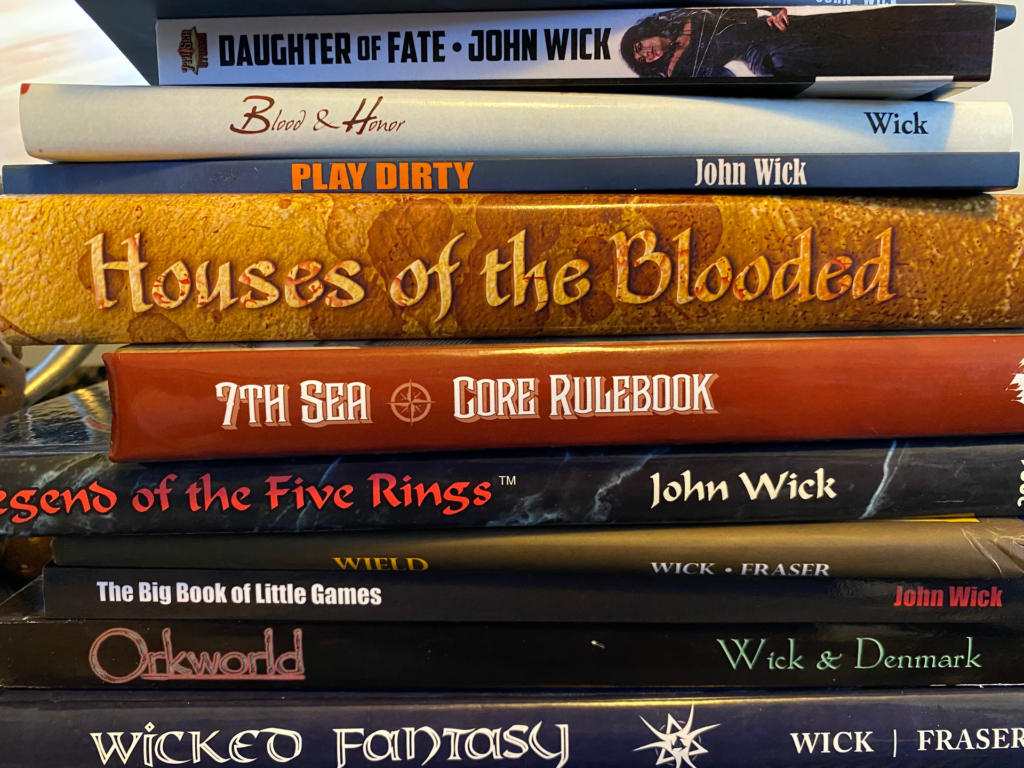-
Unreview: The Batman

Let’s start with the picture of me in a Batman costume when I was two years old. That would have been October, 1970. My grandmother made it for me. I’ve been through Adam West’s friendly neighborhood Batman, Denny O’Neil’s Detective, Frank Miller’s Dark Knight, Alan Moore’s Killing Joke, and even Scott Snyder’s Court of Owls.…
-
Halloween Kills

1963: In Haddonfield, IL, young Michael Myers kills his sister. He’s captured by police and sent to an institution. 1978. Myers escapes and returns to his home. Along the way, he murders a handful of people. The only person to survive Myers is Laurie Straud. Again, police capture Myers and he returns to the institution.…
-
Back 4 Blood (Unreview)
For a few months, I got completely lost in Left 4 Dead versus mode. I mean completely lost. I was up until 4:00 AM playing the game, sleeping for a few hours, then going right back in for more. I got good. Really good. I had the maps memorized. I knew the perfect ambush spots.…
-
No Time to Die (Unreview)
This year, at North America’s biggest gaming convention, I had the unique opportunity to grab a couple members of Chaosium (the makers of Call of Cthulhu, Runequest, and Pendragon, as well as 7th Sea) and walk around the dealer’s room, showing them the booths where little games were on display. I told them, “This is…
-
Don’t Let Go of Your Balloon
On my birthday, I perform a “spelling” for my friends. It’s a magical performance. Like, literal magic. Stuff happens. Freya showed up one time, I summoned fire from my fingers, Kachiko and Mr. Finger have made appearances. I called this particular spelling, “Demons, Daemons and Balloons.” It was a depression exorcism. At the end of…
-
Let Me Tell You About Brandon Cutler
As things are crazy here in the United States on November 4th, 2020, I needed to find something that made me smile. Something that reminded me that good things do happen to good people. That the American Dream of honest, hard work paying off isn’t completely dead. And, because I am who I am, it…
-
Medeiun: A 7th Sea Short Story

I wrote this after reading a story about Luciano Garbati’s statue called “Medusa with the Head of Perseus” by Jessica Mason. When I was a boy, I read illustrated versions of The Iliad and The Odyssey and fell in love with Greek myth. I spent a summer reading all the way through the full versions,…
-
From “A Magician Looks at 40”
On my birthday, I try to present a magical ritual/performance for my friends. I call them “spellings.” The first one I ever performed was called “A Magician Looks at 40.” While I do write the thing down, there’s a lot of improvisation and extemperaneous stuff going on, so what you’re about to read isn’t…
-
Playing at Eternity: Moorcock’s Eternal Champion
I played Call of Cthulhu before I played D&D and I read Michael Moorcock’s Elric before I read Lord of the Rings. What can I say? I was always like this. I discovered Moorcock the way most people in the Twin Cities did: by hanging out in Uncle Hugo’s Science Fiction and Fantasy Bookstore. I…
-
Santa Vaca: Alignment
Recently on my FB page, a very long chat about D&D’s alignment system came up. Instead of bitching about how much I dislike it (and whoah, do I have reasons), I’d like to offer an alternative. This is the Alignment system from Santa Vaca, my hack of the World’s Most Famous Roleplaying Game. Enjoy. And…
